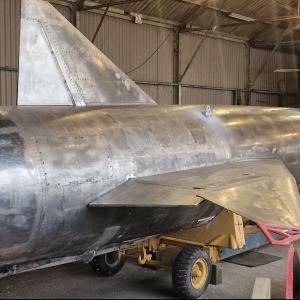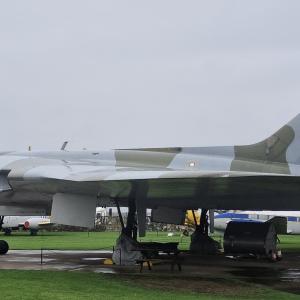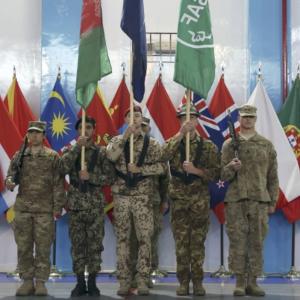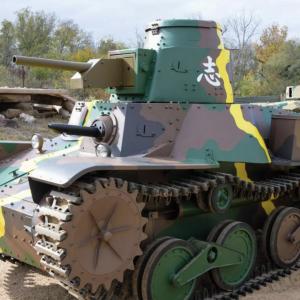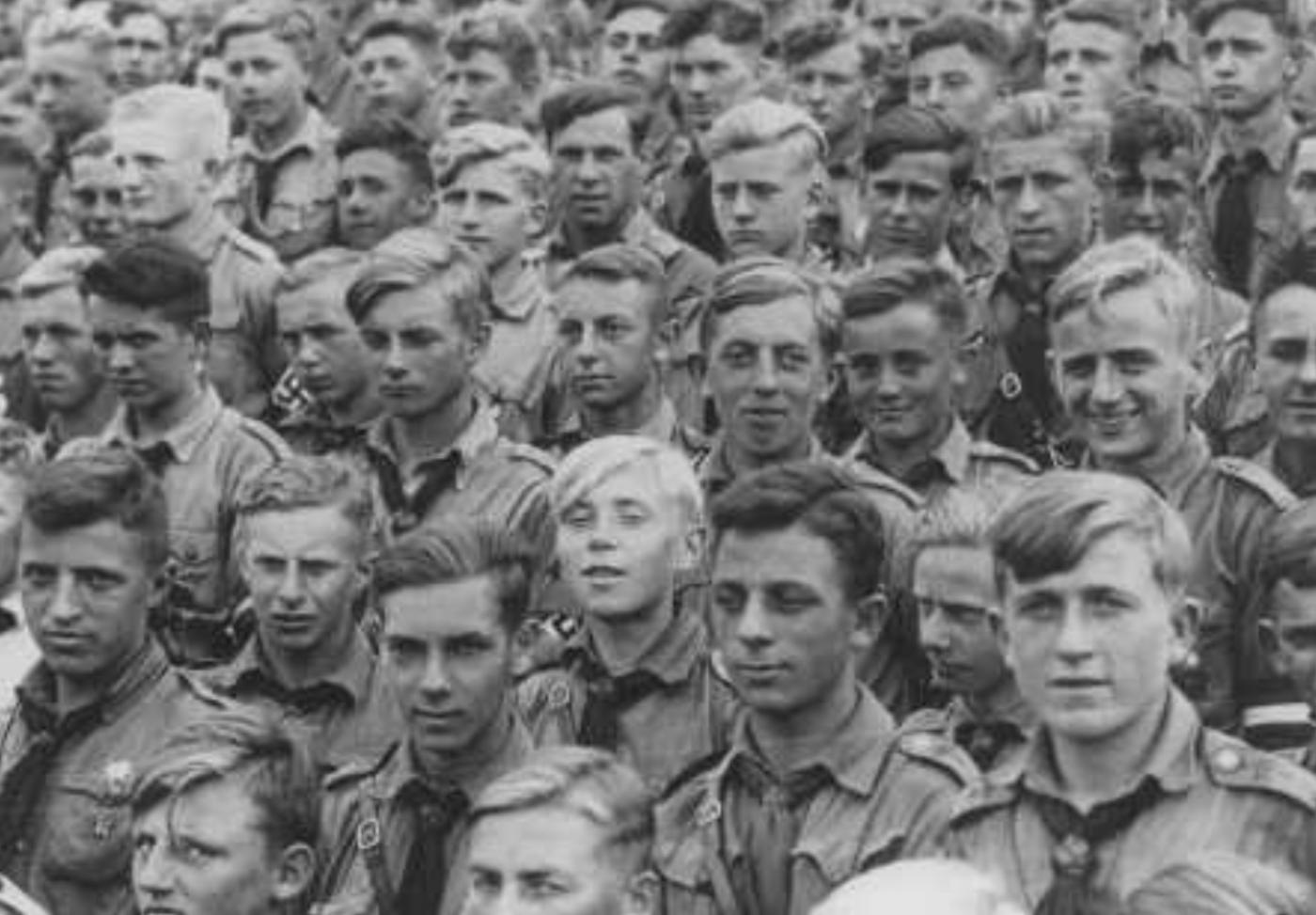
Hitler youth
The Hitler Youth and the League of German Girls were central to the Nazi regime’s systematic indoctrination of Germany’s young population. These organisations played a crucial role in spreading Nazi ideology and shaping German society according to the goals of Adolf Hitler and the National Socialist German Workers' Party. Created as the youth wings of the Nazi Party, their purpose extended far beyond recreation and youth development. They were tools for political education, physical conditioning, and psychological grooming intended to create a generation wholly loyal to Hitler and prepared to serve the regime in both military and domestic capacities.
The Hitler Youth was officially established in 1926, though it had its roots in earlier formations of the party’s youth movements starting around 1922. In the early years, membership was voluntary, and the organisation operated much like a scouting group, albeit with overt political overtones. After Hitler rose to power in 1933, the Hitler Youth was increasingly prioritised as a state institution. By 1936, with the passage of the Hitler Youth Law, membership became compulsory for all Aryan German boys aged ten to eighteen. This law made the Hitler Youth the sole legal organisation for boys, absorbing or dissolving all competing youth groups.
The League of German Girls, or Bund Deutscher Mädel (BDM), was created to serve as the female counterpart to the Hitler Youth. It was formally established in 1930, with membership becoming mandatory after 1936, similar to the boys’ organisation. It was structured into two major age groups: the Jungmädel for girls aged ten to fourteen, and the main BDM section for girls aged fourteen to eighteen. In 1938, a sub-division called “Faith and Beauty” was formed for young women aged seventeen to twenty-one, focusing on preparing them for adult responsibilities, particularly in the realm of family and community service.
The primary reason behind the creation of these youth organisations was the Nazi regime’s intent to instill its ideological values at an early and formative stage. The aim was to detach children from competing influences, such as religious institutions, families, or political dissent, and ensure that their primary loyalty lay with Hitler. The boys were groomed to become obedient soldiers and future leaders of the Third Reich. The girls, meanwhile, were trained to fulfill their roles as bearers of the Aryan race, homemakers, and supporters of their future husbands. Both organisations were used to perpetuate ideas of racial purity, nationalism, anti-Semitism, and loyalty to the Führer.
Training within the Hitler Youth was demanding and heavily militarised. Boys were subjected to a regime of physical conditioning, including long hikes, athletic contests, and paramilitary drills. They were trained in map reading, survival techniques, and marksmanship. These activities were not only designed to keep boys physically fit but to prepare them for future conscription into the Wehrmacht or the SS. There was also a significant emphasis on ideological training. Boys attended lectures and read materials focused on the superiority of the Aryan race, German history rewritten through a Nazi lens, and the glorification of war and sacrifice for the Fatherland.
For girls, training in the League of German Girls followed a different but equally intensive model. Physical activity remained important, with emphasis placed on gymnastics, hiking, swimming, and other group activities that built endurance and a sense of community. However, the core of their education lay in domestic instruction. Girls were taught to cook, sew, and manage households in preparation for motherhood. They were also educated in the racial policies of the Third Reich, including the importance of choosing racially suitable husbands and raising children according to Nazi principles. Public service and charity work were also part of their training, reinforcing ideals of duty, obedience, and sacrifice.
The environments in which training was carried out varied widely, but they were strategically designed to immerse the youth fully into the ideology and lifestyle promoted by the Nazi Party. Local chapters, usually organised by neighborhoods or towns, served as the most frequent point of contact. Meetings were often held in schools, town halls, or purpose-built youth centers. However, a particularly significant aspect of their experience involved regional and national camps. Summer camps were organised in rural areas, where youth would spend extended periods under supervision, away from parental influence, participating in intensive physical and ideological training. These camps were modeled on military life, with uniforms, routines, and a strong emphasis on camaraderie and conformity.
Many of these camps were located in remote forests or mountainous regions, designed to simulate Spartan-like living conditions. This reinforced the Nazi ideal of self-sufficiency and resilience. During their stays, the youth participated in group exercises, constructed shelters, cooked their meals, and attended nighttime lectures around campfires. These sessions were highly orchestrated to foster groupthink and break down individual identity, replacing it with absolute loyalty to the Führer. Ceremonial elements such as oath-swearing, flag-raising, and songs further instilled the desired values.
The effectiveness of these programs was evident by the sheer scale of participation. By 1936, the Hitler Youth had over five million members, and the League of German Girls counted more than four and a half million girls. This reach extended into nearly every Aryan household across the Reich. The uniformed presence of youth groups at public events, rallies, and parades became a hallmark of the Nazi state, symbolising unity, discipline, and the future of the Aryan race. While some parents resisted their children’s involvement, the regime made participation unavoidable through legal, social, and sometimes physical pressure.
The legacy of these organisations after 1945 has been the subject of extensive study and reflection. Following Germany’s defeat in World War II, the Allied Control Council disbanded and banned the Hitler Youth and the League of German Girls. Many former members later described the powerful psychological impact of their indoctrination. Some found it difficult to reconcile their youthful enthusiasm with the atrocities committed by the regime they had so ardently supported. Others became deeply critical of their upbringing and worked to educate subsequent generations about the dangers of totalitarian control over youth.
These Nazi youth programs remain a powerful example of how authoritarian governments can manipulate and control young minds. Through a combination of education, ritual, physical training, and group dynamics, the Hitler Youth and the League of German Girls created a generation that, for a time, was almost entirely devoted to the vision of Adolf Hitler. Their story is a chilling reminder of how early indoctrination can shape beliefs, behavior, and the direction of an entire society.


